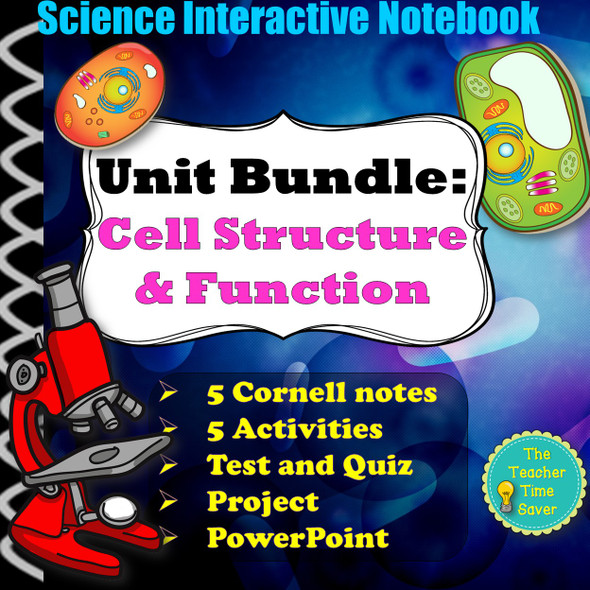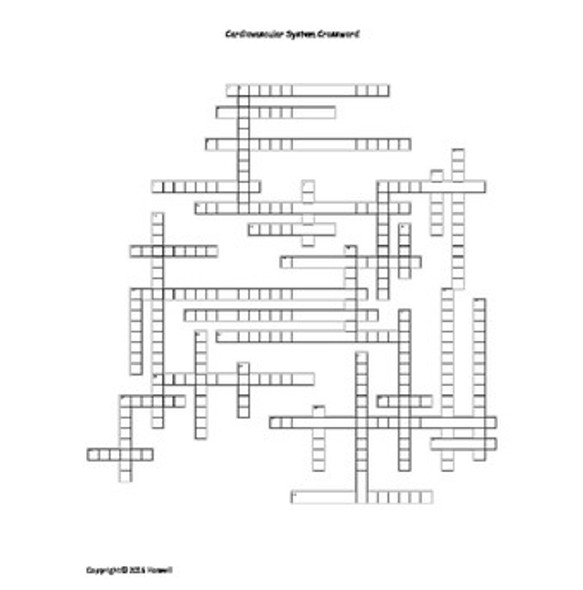Description
This product contains a zip file with five different activities that provide the basis for a Middle School level Life Science Learning Unit on the topics of Living V Non-living, Life Processes and Cells. The activities within the file are correlated to the MS-LS 1-1 and MS-LS 1-2 NGSS Learning Standards.
Two of the activities within the zip file (Living/Non-living, Life Processes and Cell Reading and Writing Activity, Travel Brochure or Musical Performance for a Cell) are particularly suited for incorporation into longer term distance learning plans.
Answer keys or a rubric are included for all the student activities. The NGSS and Common Core Learning Standards and Learning Goals addressed by these activities can be viewed below the list of activities.
The activities contained in the zip file are as follows:
-- Living/Non-living, Life Processes and Cells Reading and Writing Activity (27 pp.)
-- Travel Brochure or Musical Performance for a Cell with rubric (3 pp.)
-- Lab Activity (Living or Non-Living) Are raisins alive? (2 pp.)
-- Wet Mount and Microscopic Measurement Lab (5 pp.)
-- Microscope Use Lab (7 pp.)
-- Staining Specimens (brief resource) (2 pp.)
-- NGSS, Common Core Learning Standards and Learning Goals (2 pp.)
NGSS Learning Standards
MS. Structure, Function, and Information Processing
Students who demonstrate understanding can:
MS-LS1-1. Conduct an investigation to provide evidence that living things are made of cells; either one cell or many different numbers and types of cells.
MS-LS1-2. Develop and use a model to describe the function of a cell as a whole and ways the parts of cells contribute to the function.
Common Core State Standards Connections:
ELA/Literacy
WHST.6-8.7 Conduct short research projects to answer a question (including a self-generated question), drawing on several sources and generating additional related, focused questions that allow for multiple avenues of exploration.
SL.8.5 Integrate multimedia and visual displays into presentations to clarify information, strengthen claims and evidence, and add interest.
Mathematics
6.EE.C.9 Use variables to represent two quantities in a real-world problem that change in relationship to one another; write an equation to express one quantity, thought of as the dependent variable, in terms of the other quantity, thought of as the independent variable. Analyze the relationship between the dependent and independent variables using graphs and tables, and relate these to the equation.
Learning Goals
Upon completion of this unit the student will:
1. be able to distinguish between living and non-living things based upon the presence or absence of life processes.
2. design a simple experiment to evaluate whether a substance possesses life processes.
3. correctly define the following terms; nutrition, ingestion, digestion, circulation, movement, respiration, synthesis, excretion, regulation, growth, reproduction and immunity.
4. define the term metabolism and relate it to the functioning of an organism.
5. define the term homeostasis.
6. recognize that a disruption in any organism system will result in a corresponding disruption of homeostasis.
7. recognize that improvements in the light microscope and microscopic techniques during the last four centuries have allowed the development of the cell theory.
8. state the cell theory.
9. describe the appearance and chief function(s) of the following organelles found in both plant and animal cells; nucleus, nuclear membrane, ribosomes, endoplasmic reticulum, cytoplasm, food vacuole, contractile vacuole, lysosome, mitochondrion, golgi apparatus and plasma membrane.
10. state the role of the cell wall and chloroplasts in plant cells.
11. discuss and compare the following relative organizational levels; cell, tissue, organ and organ systems.
12. list and state the functions of the major parts of the light microscope.
13. make a simple wet mount of living tissue for examination under the light microscope.
14. perform simple measurements of cell size using the light microscope.
Terms of Use
Purchase of the product is for classroom use by the purchaser only. It is a violation for individuals, schools, and districts to redistribute or sell this item to other individuals. Please share this electronically with your students if it helps your teaching!
This work is licensed under a Creative Commons Attribution-NonCommercial-ShareAlike 4.0 International License.










